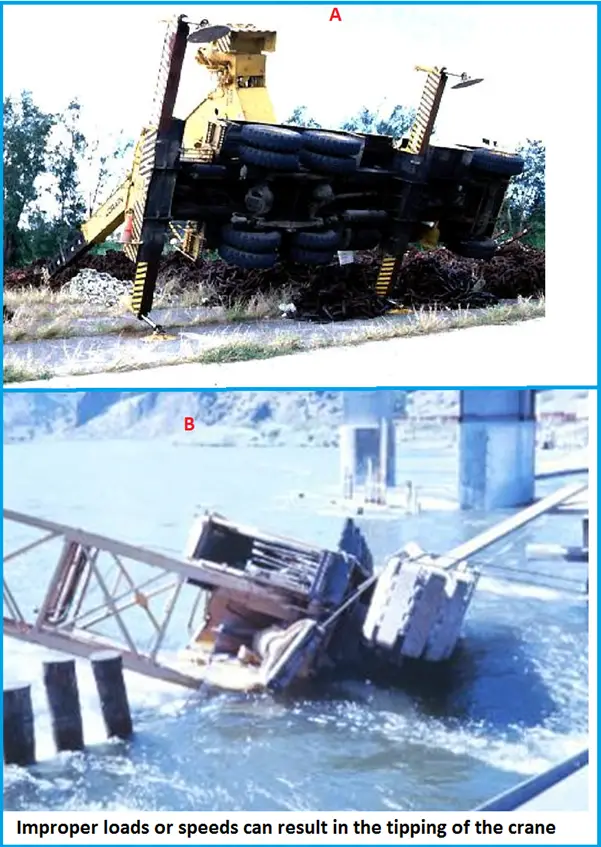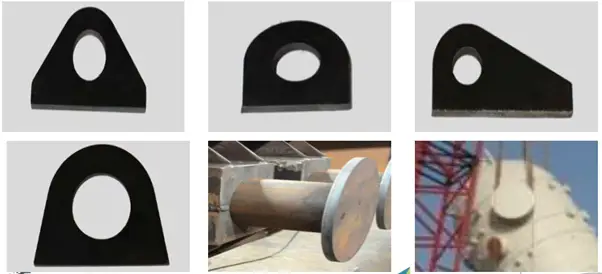Sidebooms and Pipelayers have widely used piping and pipeline heavy-construction equipment. They are ubiquitous while working in varying and challenging terrains. As a means of maneuvering pipeline components during assembly, Pipelayers and Side booms provide ease of installation and construction.
Sidebooms and Pipelayers are used to lift and move pipes to keep them in place, both for aboveground and underground installations. This construction equipment is a boon during the construction phases of oil and gas, water, sewer, chemical, petrochemical, power, and pharmaceutical projects.
Resembling somewhat like a crane, Sideboom and Pipelayers are mounted on caterpillar tracks. The main lifting mechanism consists of an articulated mast, a hoist system, and counterweights. They have a wide range of lifting capacities up to several thousand pounds. Side booms and pipelayers are designed to have a low center of gravity and various safety features similar to other lifting machinery like cranes.
Difference between Side boom and Pipelayer
Even though sometimes the terms side boom and pipelayers are used interchangeably, there are some differences as listed below:
- Pipelayers differ from side booms because the vehicle platform, mast, crew cabin, and counterweights are mounted on Rotex gear. This allows the vehicle to pick and place materials at a 360° circumference.
- Pipelayers do not have as high a capacity as side booms.
- Pipelayers are more versatile in pipelaying environments as compared to side booms.
- Sidebooms do not have a rotating platform, and the mast overhangs the left or right side of the vehicle.
- Pipelaying operations can only occur on one side of the vehicle.
- Pipelayers are usually not converted from a crane, but many side booms are modified into heavy-duty bulldozers.
Working of Side boom and Pipelayer
All conventional side booms and pipelayers work using a common principle. The left side of the tractor has a boom. Whereas the hoist works and counterweight are opposite to it. A pair of independently-operated drums control the boom angle and the hoist line. The load line is reeved over the tip of the boom and into a multiple-part hoist block.
The design of counterweights varies from one design or another. One design includes a static, unmoving counterweight made of individual sections. It allows the flexibility of adding or removing within machine design as needed.
The other design uses a hydraulically adjustable counterweight. The hydraulic counterweight operates based on the principle that lifting capacity is more when the counterweight was moved away from the load. These counterweights are swung down so that the pipelayer’s overall center of gravity is lowered which increases its stability. Also, the higher the counterweight’s pivot point, the better the machine’s ground clearance.
Characteristic Features of Side boom and Pipelayers
Sidebooms and pipelayers are manufactured in various configurations and lengths. It helps construction personnel choose the equipment depending on the pipe specification. The base machine is usually a crawler tractor that has counterweights on the other side to offset the weight being lifted.
The required power for the hydraulic systems is supplied by the diesel engines. For pipeline installation, side booms and pipelayers are deployed in teams. They are commonly called pipeline ‘spreads’, because of the fact that multiple work crews spread out to create an assembly line-like process.
For placing every pipe segment effectively, clear visibility is important. Hence, seats are so designed that the operator can have ample view of the pipe segment, boom, and the trench where the pipe is being placed.
There are various manufacturers that supply-side booms and pipelayers. The first machine of this kind was introduced by Caterpillar in 1955. Some other popular side booms and pipelayer manufacturers are Midwestern, Volvo, John Deere, Komatsu, Maats, Liebherr, etc. While working with this construction equipment and machinery, the safety and stability must be well thought off. Rollover protection systems are often used. All operators must be highly skilled at using the machine and all its functions of the machine.









Thanks for sharing your knowledge. I’m mechanical engineer too and work with projects for natural gas pipelines.
Thanks for your web site!
For the sideboom´s spread teams, how do you calculate the distance betwen sidebooms, for a determinate pipe´s diameters and wieghts ? Can you help me, please.
Greatings!
Need machine site boom lay pipes
Hi. Could you tell me What is the maximum distance between supports for side booms, in lifting 16″ (sch 60) ducts?